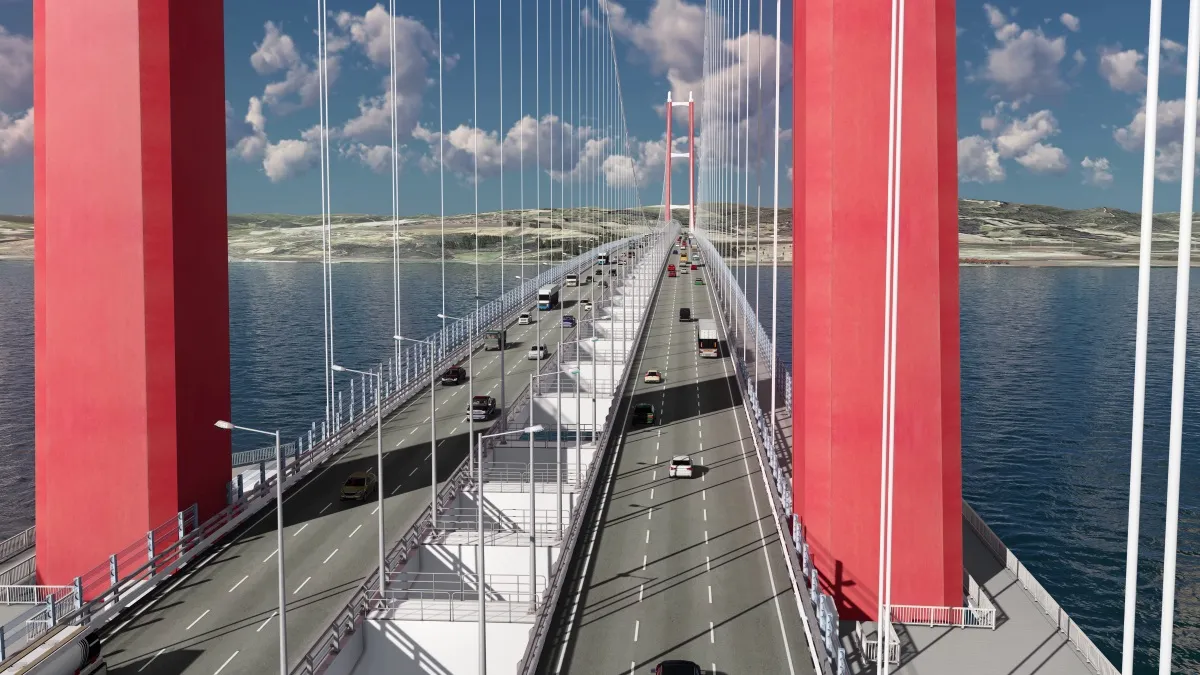According to Tom Cloutier, assistant operations manager of Miller-Capilano, “We needed a solution that was not intrusive to our highway operations. ISS was able to provide us with a proven solution that was cost effective and non-intrusive. It’s wireless component and accurate traffic reporting, in conjunction with the management software assured that we have the information for our operations and we can provide traveller information to third parties for the commuters.”
RTMS G4 being deployed for 2010 Winter Olympics
Image Sensing Systems (ISS) has provided RTMS G4 radars for traffic management on the Sea to Sky Highway for the 2010 Winter Olympic Games in Vancouver, Canada.
February 1, 2012
Read time: 1 min










